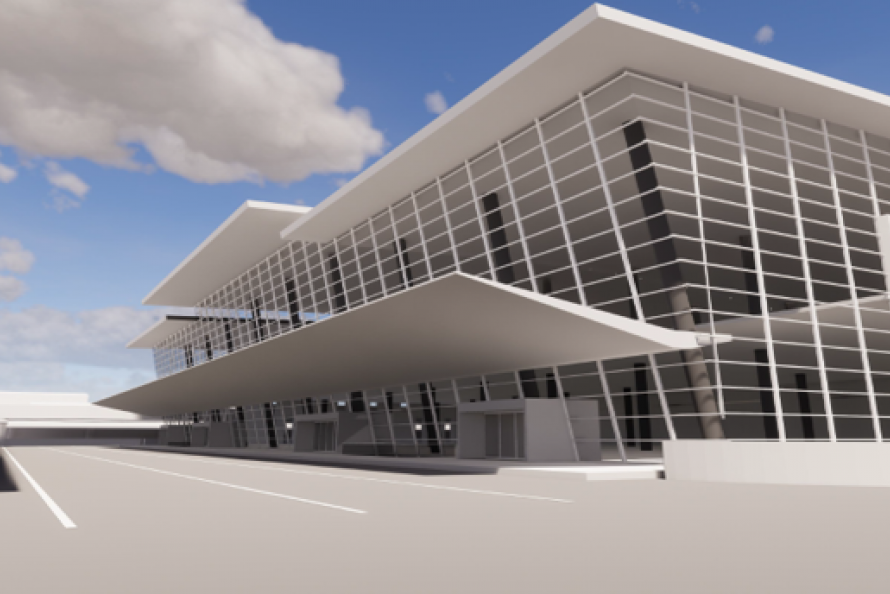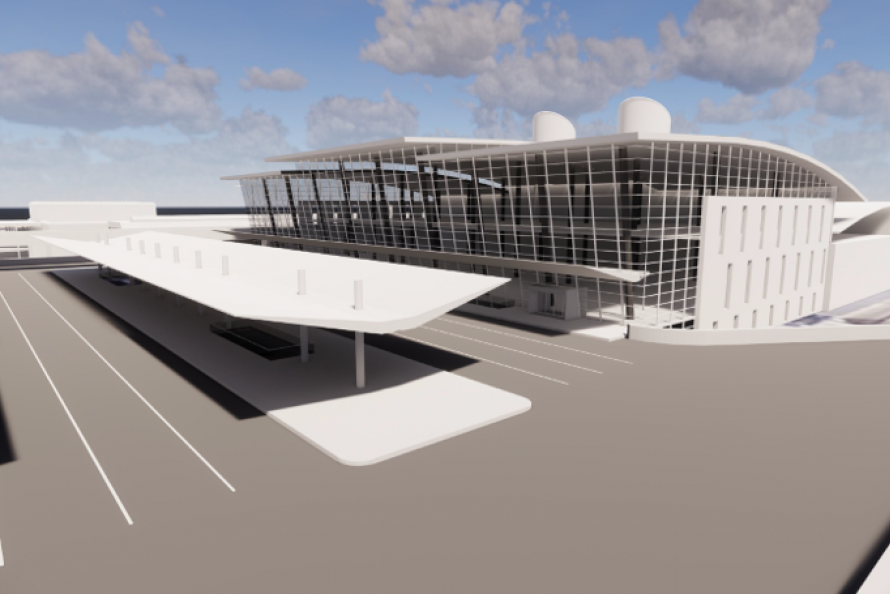Houston Airports (HAS) Director Mario Diaz provided insight on the updated IAH International Terminal Redevelopment Program (ITRP) to the City Council Economic Development Committee on Sept. 13.
The update included the status of the ITRP, including modifications to the original plan, proposed timing for program processes, cost reductions, and ongoing negotiations with United Airlines. Diaz was emphatic about significance of the project and stressed that passenger needs have always been paramount in IAH’s ongoing willingness to take a hard look at the Program and insistence on “getting it right.”
“This project is of essential importance to the City,” Diaz said. “If Houston is to remain a top-tier international gateway to the United States - if we have any hope of reaching five-star rating and providing an experience to our passengers that is unsurpassed by any competing city, we must succeed with this project.”
The plan is to develop on the existing footprint of the existing north pier and refurbish the existing Terminal D facility, as well as demolish the Terminal D/E parking garage to allow for an International Terminal Processor. The processor will be similar to the layouts of Terminals A, B, and C. All of the ticketing counters, security lanes and baggage claims will be consolidated and moved into the central processor situated between Terminal D and Terminal E. Then there will be two concourses — one in the current Terminal D and one in the current Terminal E — where passengers will board their planes, dine, or relax in an airport lounge.
Overall, key ITRP changes include a reduction in scope of the hardstands (aircraft parking space), aprons and taxilanes, and a change in plans with regard to a Utilidor. Additionally, Diaz proposed moving the electrical scope to a separate Energy Initiatives project.
The new plan is a far different approach than the one Council approved in 2015. Diaz said that upon further review and inspection, the original plan did not have the necessary space for baggage belts and would likely exacerbate long lines at curbside pickup for international arrivals, problems almost certain to increase as the number of international travelers increases.
The old Terminal C North will also be a casualty of the new plan. United Airlines new Terminal C North is functioning well and has been widely lauded. It was built to accommodate the airport’s ITRP plans.
Additional gates will accommodate our continuous international airline growth, and we are currently envisioned to have at least 13 gates able to accommodate large aircraft.
The new terminal will have significantly more lanes in the curbside areas for dropping off and picking up passengers and it will also have more baggage claims.
The 2015 plans changed, Diaz said, when “we delved into the connection between Terminal D and the FIS (Federal Inspection Services building). We realized that certain restraints had moved to the FIS and they had to be addressed in order to make this project work as a holistic system, not as independent buildings, but as a holistic system that worked for the passenger.”
The new efficiencies have brought the ITRP budget, at one time estimated at $1.7 billion, down to $1.23 billion. Among the costs, the Mickey Leland International Terminal (MLIT), or the international ticketing gate concourse, is a $490 million project. The FIS, including a new international ticketing hall, is estimated at another $450 million. The Project Management Office building, currently under construction and due to be completed in two to three months, has cost $20 million to design, construct and deliver to the Airport.
Because the sweeping changes in scope necessitated a reworking of their Memorandum of Agreement (MoA), IAH and United Airlines are still working toward updating their MoA. Diaz said he expects to bring an updated MoA up for Council approval in October. He anticipates Council action within the next six weeks on contract amendments for firms providing MLIT Design Services and MLIT Construction Manager at Risk services as well as requesting Council approval of contact awards for Enabling Utilities – Landside, FIS Design Services, and FIS Construction Manager at Risk services.
The Council was largely complimentary of the HAS work, with Chair Jerry Davis expressing appreciation for “your Departments and their due diligence to actually come up with a good recommendation to this Body and to City Council.”
Council Member Jack Christie said that “This is a big deal…your recommendations have been spot-on because we are competing with the rest of the world.” And Council Member Dwight Boykins took notice saying the airport has been taken to another level.
Construction of the enabling projects started in 2017, and completion for most of the ITRP is scheduled for 2024.

